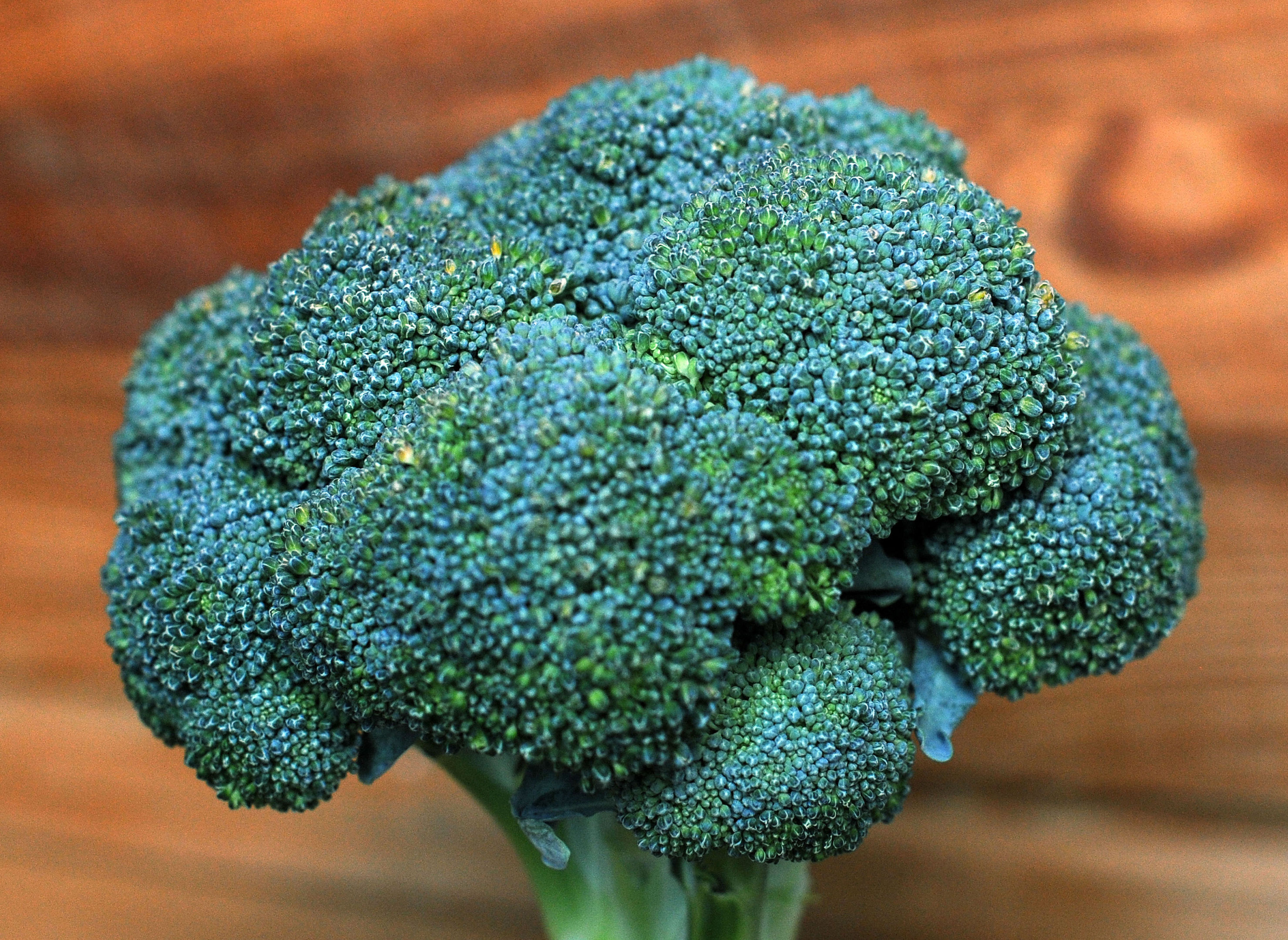
BROCCOLI has undergone a dramatic image transformation to be crowned Britain’s favourite vegetable in a survey from Diabetes UK.
Once the brassica suffered from seriously bad PR and was regarded by many as healthy but horrible. In cartoons and comedy sketches it was often portrayed as the prime example of a food detested by children.
But in recent years media attention on the nutritional qualities of broccoli and its re-invention as a “superfood” have won the vegetable a legion of fans.
In the online survey of 2,000 consumers across the UK who were asked to name their favourite vegetable, 12% voted for broccoli.
The vegetable had the biggest share of the vote, beating sweetcorn and tomato which both attracted the support of 10%.
Surprisingly, kale emerged as Britain’s least popular vegetable, receiving only 18 votes – less than 1% of the total.
The same poll found that strawberries were the most favoured fruit, chosen by 14% of participants, closely followed by banana, pineapple and mango.
Dan Howarth, head of care at Diabetes UK, which commissioned the survey to promote its “Food You Love” campaign during Diabetes Week, said: “Eating fruit and veg is a great way of getting vital vitamins and fibre and a much healthier snack option than reaching for crisps, cereal bars or even smoothies. They are also low in calories and super filling.”
Regionally there were some surprises. Brussel sprouts turned out to be the most popular vegetable in the North West, while people in the North East were passionate for pineapple. Eastern England was the only region to champion the humble pea, voted for by 14%, while Londoners appeared to be mad for mangoes.
The “Food You Love” campaign is aimed at persuading people to eat healthier versions of the food they enjoy.
Broccoli, or Brassica oleracea italica, hails from the Mediterranean and was first cultivated from a cabbage relative by the Etruscans, an ancient Italian civilisation. Its name is derived from the Italian word “broccolo” which means “the flowering crest of a cabbage”.
When it was first introduced in England in the mid-18th century, broccoli was known as “Italian asparagus”.
Broccoli is a good source of vitamin C and folate. It also contains vitamins A and K, calcium, fibre, beta-carotene and the compounds indole-3-carbinol and sulforaphane that are said to combat cancer.

Enjoy the convenience of having The Sunday Post delivered as a digital ePaper straight to your smartphone, tablet or computer.
Subscribe for only £5.49 a month and enjoy all the benefits of the printed paper as a digital replica.
Subscribe